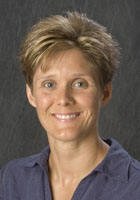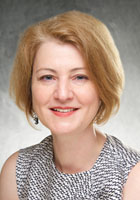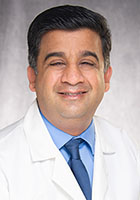"Mentoring" comes in all forms and varies based on the philosophy of who you ask. The style of mentoring is a personal preference. However, for the purpose of this guide and our goal for junior faculty to be promoted and tenured, please consider two mentoring definitions:
Informal mentoring on the fly is when you pop into a senior colleague's office or visit with them over lunch to discuss a concern, problem, "how-to" solution or to discuss whatever your needs are at the moment whereby they help you get answers or solve problems. This help ultimately assists with reaching project goals and thus, promotion and tenure.
Formalized mentoring: description.
All junior faculty members are encouraged to take advantage of the seminars and other offerings of the school-wide Office of Faculty Affairs and Faculty Development.
Assigning a mentoring committee
Committees: Should be identified no later than 6 months after faculty appointment begins.
- Identify 3 committee members per mentee
- At least two members should be senior in rank
- One member may be in the same rank, preferably more years in rank
- Assigning mentors outside of the Division/Department/College is acceptable/encouraged
- Identify a chairperson of the committee
- Responsible for submitting the annual mentoring report
- Formal mentoring committee meetings should be held at least once per calendar year
- The Department will provide reporting tools to help track this
- The yearly meeting will not be recognized as having occurred until the report is submitted to the Department
Opportunity to meet with Departmental Vice Chairs

Vice Chair for Clinical Programs
Clinical Associate Professor of Internal Medicine

Vice Chair for Clinical Strategy
Professor of Internal Medicine and Occupational & Environmental Health


